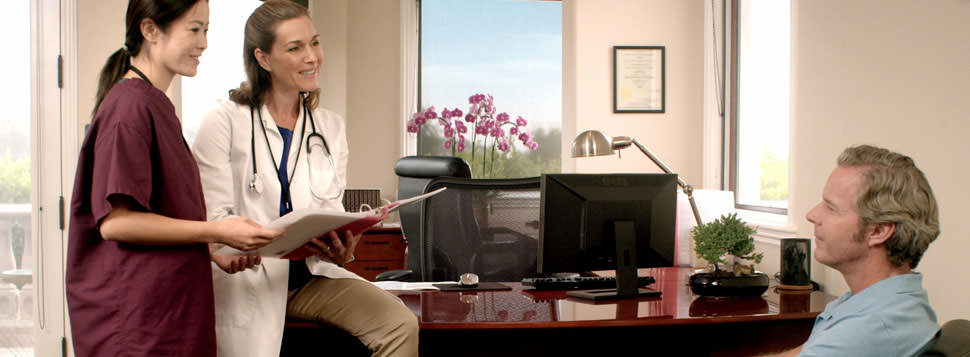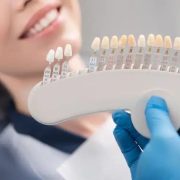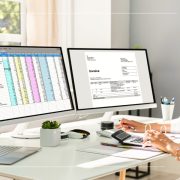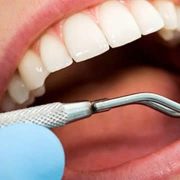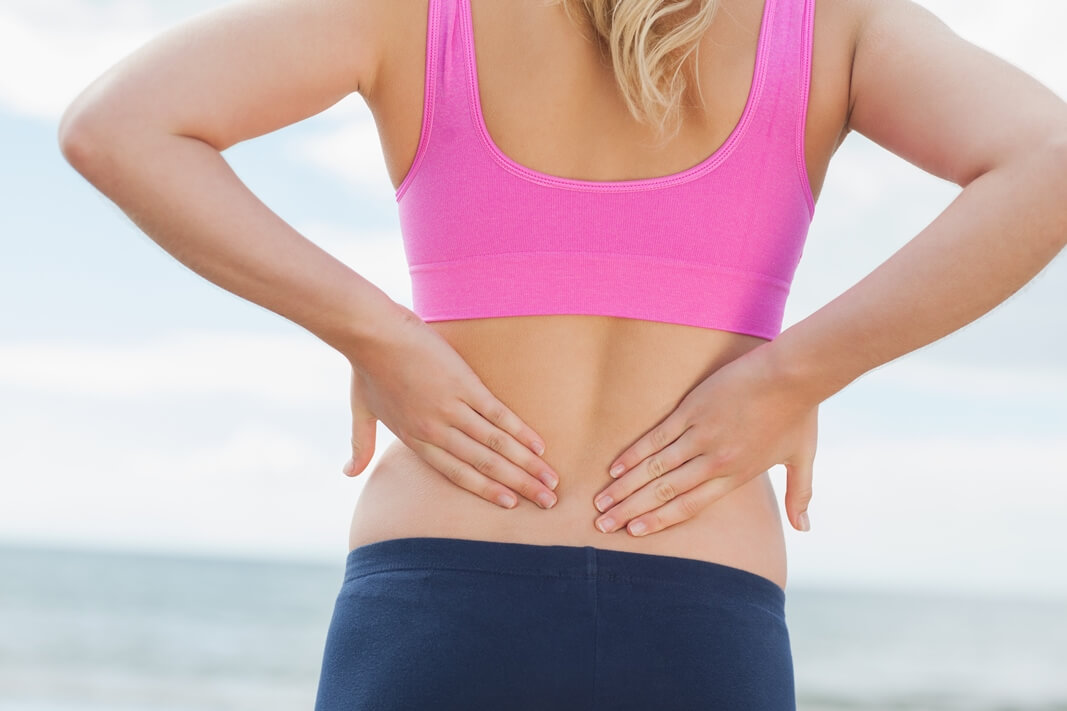
Since 85% of mid back discomfort continues to be undiagnosable and therefore hard to prescribe appropriate treatment to find the best guideline would be to start by trying to relieve the discomfort while using simplest, most economical and non-invasive methods possible.
The easiest and probably the most economical treatment options are such things as exercising or lounging lying on your back with legs up and sitting on a seat or sofa etc as well as for many reasons for mid back discomfort these could help. These remedies are self administered therefore if something similar to exercising creates more discomfort rather of relieving it you’ll be able to rapidly proceed to another thing. Working out which treatment relieves and which does not generally happens very rapidly and regardless of what advise is offered from what source, the therapy that triggers aggravation is a to prevent and the one which relieves is a to carry on with.
According to invasiveness, strategy to mid back discomfort can generally be grouped into three groups non-invasive, moderately invasive and invasive. The self administered treatments pointed out above fall under the non-invasive category with some others which i will mention later.
Invasive remedies are individuals that need surgery and all sorts of healthcare givers suggest that these treatments function as the “management of last measure” in the end other treatments have unsuccessful. Due to the undiagnosable nature of mid back discomfort the invasive remedies are frequently unsuccessful at relieving discomfort and too frequently lead to “unsuccessful back syndrome” a phrase created to explain unsuccessful back surgery which has left the individual worse off.
There’s been much advancement in surgery for mid back discomfort that has led to a rise in their rate of success, although there’s still room for improvement.
Moderately invasive treatments include opiates along with other dental and topical treatments that do not require surgery but do enter and communicate with your bodies’ chemical functions in some way to alleviate discomfort. These treatments, while good at masking the discomfort, don’t address the main cause and therefore can place the sufferer vulnerable to unknowingly aggravating the problem. Moderately invasive treatments must only be utilized when all non-invasive options have proven non-advantageous.
Advancements are also designed for moderately invasive treatments with increasingly more new drugs being developed that increasingly more effectively block discomfort but frequently they are supported by elevated negative effects.
Around the non-invasive front there’s been much progress too. In the last 10 years approximately there has been numerous studies and far information come available allowing care givers the opportunity to recommend more and better economical non-invasive treating acute and chronic mid back discomfort.
It’s now generally acknowledged that extended bed rest isn’t advantageous for the treatment of mid back discomfort however a quick go back to mobility, versatility and normalcy is. It’s also more generally acknowledged that decompression or unloading of dvds can relieve mid back discomfort and help in rejuvenation from the problem area.
Until lately the issue happens to be that there wasn’t any treatment modality that may offer decompression or unloading coupled with versatility and mobility however that all altered using the creation of “ambulatory spine unloading devices” that permit this discomfort relieving and rejuvenating combination.
So, like a initial step for the treatment of your acute or chronic mid back discomfort so that as a sober second thought before surgical procedures or opiates, update your self on the brand new treatments that are offered, treatments that
1. are non-invasive, i.e. don’t enter the body like opiates, topical lotions or surgery
2. could be self administered to ensure that when the treatment aggravates you are able to quit and when it relieves you can keep at the discretion.
3. provide spine decompression or unloading while enabling you to remain mobile (ambulatory), flexible and also to rapidly go back to your usual daily life




